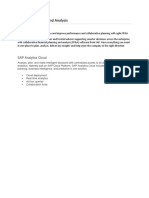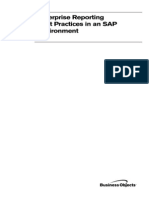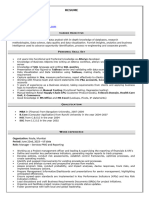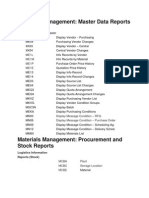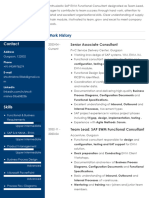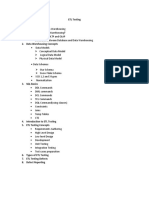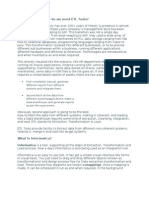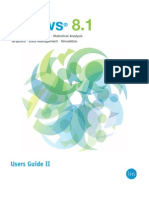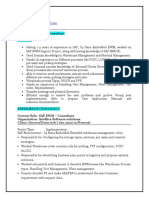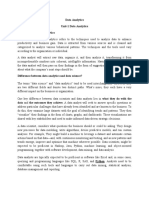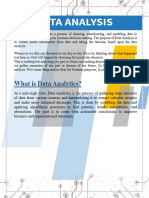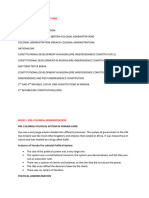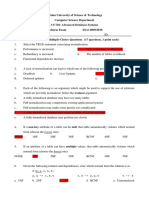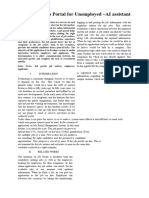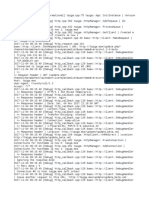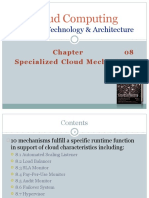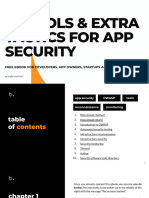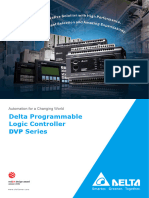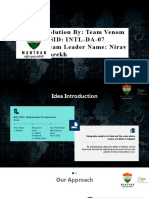0% found this document useful (0 votes)
180 views12 pagesData Analyst
This document provides an overview of data analysis and the role of a data analyst. It discusses the theoretical background of data analysis, including its history and process. It also covers the key areas of application for data analysis and the essential hard and soft skills required of a data analyst, such as mathematics, programming, communication, and critical thinking. Finally, it outlines some common tools used by data analysts, including Microsoft Excel, Python, databases, and SQL.
Uploaded by
solomonjackson218Copyright
© © All Rights Reserved
We take content rights seriously. If you suspect this is your content, claim it here.
Available Formats
Download as DOCX, PDF, TXT or read online on Scribd
0% found this document useful (0 votes)
180 views12 pagesData Analyst
This document provides an overview of data analysis and the role of a data analyst. It discusses the theoretical background of data analysis, including its history and process. It also covers the key areas of application for data analysis and the essential hard and soft skills required of a data analyst, such as mathematics, programming, communication, and critical thinking. Finally, it outlines some common tools used by data analysts, including Microsoft Excel, Python, databases, and SQL.
Uploaded by
solomonjackson218Copyright
© © All Rights Reserved
We take content rights seriously. If you suspect this is your content, claim it here.
Available Formats
Download as DOCX, PDF, TXT or read online on Scribd
/ 12

